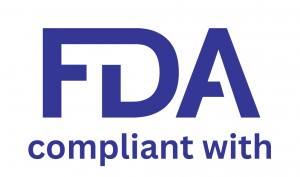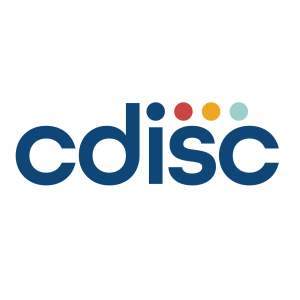





Smarter Trials. Faster Outcomes. All-in-One Electronic Data Capture (EDC) System. Accelerate your trials with a fully integrated, scalable platform that includes RTSM, RBM, ePRO, and real-time reporting – ready to launch in just 3 weeks.











“We reduced study build time by over 40% and launched our trial in 21 days using Flex EDC. The built-in RTSM and real-time dashboards made a real difference.”
Let our team walk you through a personalized demo or send you a full product brochure.



Clients
Daily Users
Documents
Clinical Trials
Countries
Get in touch to discuss compliance, implementation, demos, pricing
We are here for all of your questions! Tell us more about yourself and we will organize a tailored live demo to show how you can power up your clinical trials processes with Flex Databases.